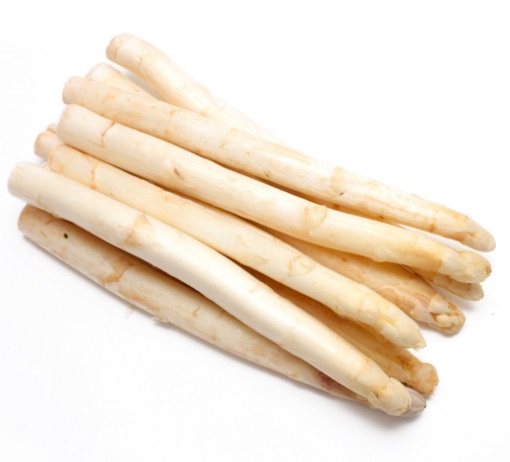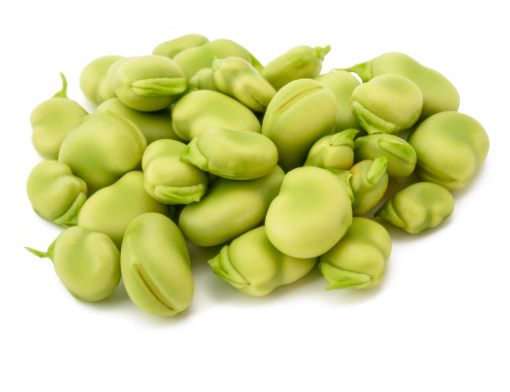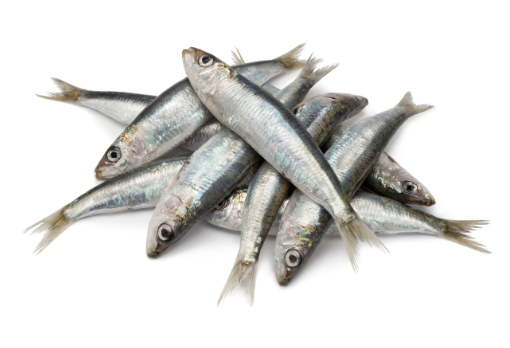Cherries
Cherries are a cherished fruit in our country and, in fact, there is even a Spanish variety, the Ambrunesa cherry. The most commonly used rootstocks in Spain come from the stones of the Prunus Avium, which are widely used in the Jerte valley. The cherry tree is grown mainly in loam and calcareous soils, such as those of the Ebro Valley. Cherry cultivation in Catalonia is concentrated in the municipalities of El Papiol, Sant Climent de Llobregat, Santa Coloma de Cervelló and Torrelles de Llobregat, in the Baix Llobregat region.
Many cherry varieties, both traditional and new varieties, are self-incompatible, i.e. the flowers must pollinate with pollen from other varieties of fruit.
The Catalan word cirera (cherry) comes from the Vulgar Latin ceresia, which took the word from the Greek kerasium, which in turn was translated into classical Latin in several versions: cerasium, cerasa, caesarum and cerasus.

-
- Burlat: years ago the most highly appreciated, as it is the first variety to be harvested. As it is an early variety, it has less sugar than other varieties because it has received fewer hours of sunlight.
- Early Lory: is gaining ground on the Burlat because it is earlier, hardier and tastier.
- Prime Giant: good size and good flavour.
- Stark Hardy Giant: so far, the queen of cherries, because it is more resistant to cracking.
- Bing: good cherry, but no resistance. It suffers especially from the negative effects of rain.
- Van: a variety widely cultivated in Torrelles de Llobregat, with abundant production and good characteristics.
- Sweetheart: late variety, one of the best for its hardiness and resistance to cracking.
-
Cherries, also known as sour cherries because of the way they grow on the cherry tree are a fruit with various species. They were consumed as far back as prehistoric times.
We are not sure about the origins of the cherry, but we do know that it was somewhere in Asia Minor, from a plant called Prunus Avium, and that it was the Greeks as well as the Romans who grew cherries in great quantities and spread them all around Europe.
In fact, it was the Romans who created new varieties and flavours of cherries; they could do this because they had mastered the technique of grafting. Furthermore, thanks to the remains found in deposits, we have been able to find out that around 6000 BCE, cherries were pressed to obtain a liquid that was then fermented to make alcohol.
-
The best time of year for cherries is between May and June, although they are also harvested in April.
-
Cherries should be preserved totally out of sun light. Although if eaten on the same day they are picked, they should be kept somewhere cool at room temperature. We should remember that this is a product that is very delicate and only lasts a couple of days; therefore, if they are not eaten straight away, we have to refrigerate or freeze them. For this, they should be put in a bag and should not be mixed with other fruit. This way, they can last up to 2 weeks.
-
Cherries are rich in carbohydrates, principally simple sugars, such as fructose, glucose and sucrose, and their caloric value is lower in comparison to other fruits (50 kcal/100g). They also contain considerable quantities of fibre; they are rich in vitamin C, calcium, iron and magnesium, and contain melatonin and antioxidants. Additionally, they have cleansing properties which are good for the memory.
Cherries do not often cause allergies. Despite this, they sit within a group of pollen allergens and may cause itching in taste glands and around the mouth and face when eaten raw.
-
When it comes to cooking, cherries are a very useful fruit. They can be used in many different ways, above all in sweet recipes.
Discover eight ways to cook with cherries:- In infusions: Dehydrate the cherries in the oven and, once dehydrated, put them in boiling water.
- Candied: clean them, remove the stone and put them in a casserole dish covered in syrup. Afterwards, put them in the oven.
- Compote: clean the cherries, take out the stones and put them to boil with a little bit of water and sugar. When they fall to pieces, leave them to cool down.
- Coulis: simply clean the cherries, take out the stem and the stones and set them aside in sugar.
- Jelly: Blend the cherries and mix with sugar with a gelatine agent.
- Mousse: Blend whipped egg whites with cherry juice and sugar.
- Air: Blend the cherries and add a little water. If necessary, correct the PH.
- Ice cream: Blend the cherries to make purée and add sugar before passing them through a sorbet maker.










